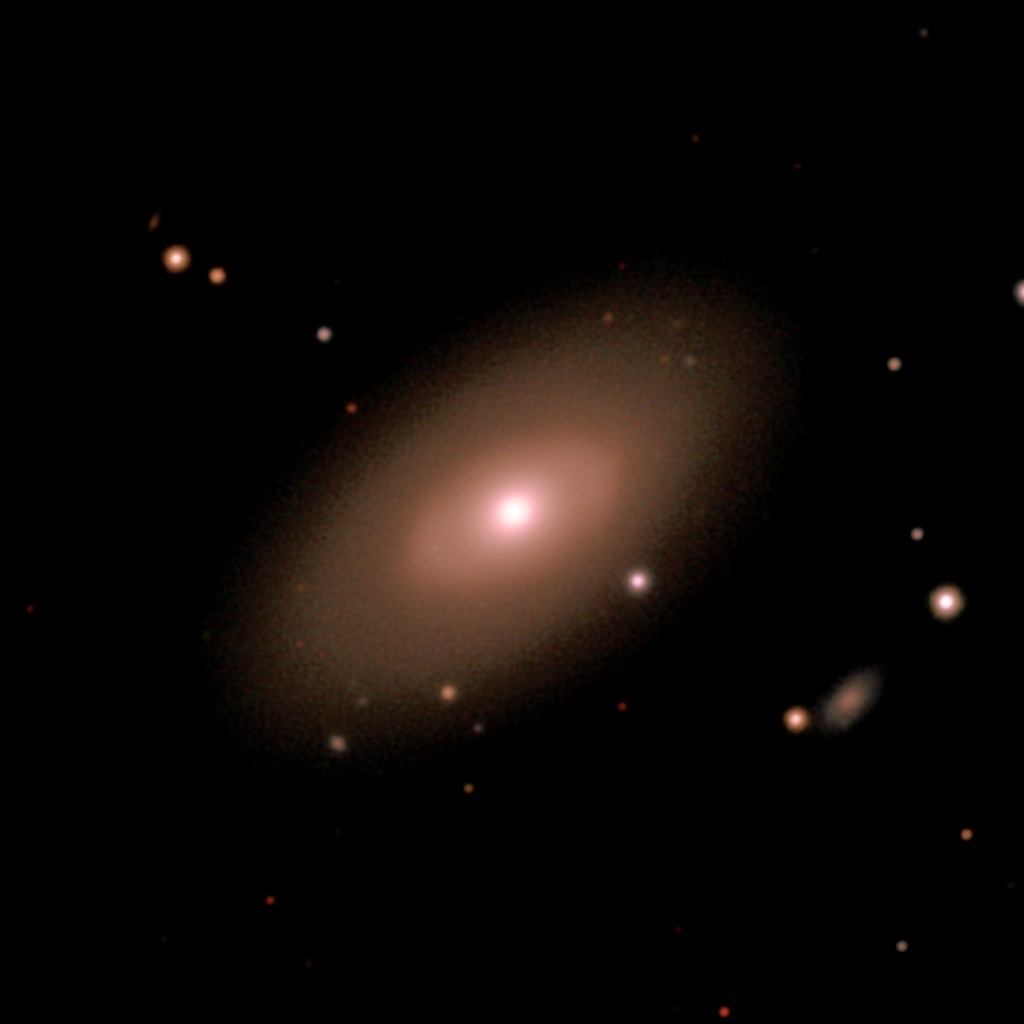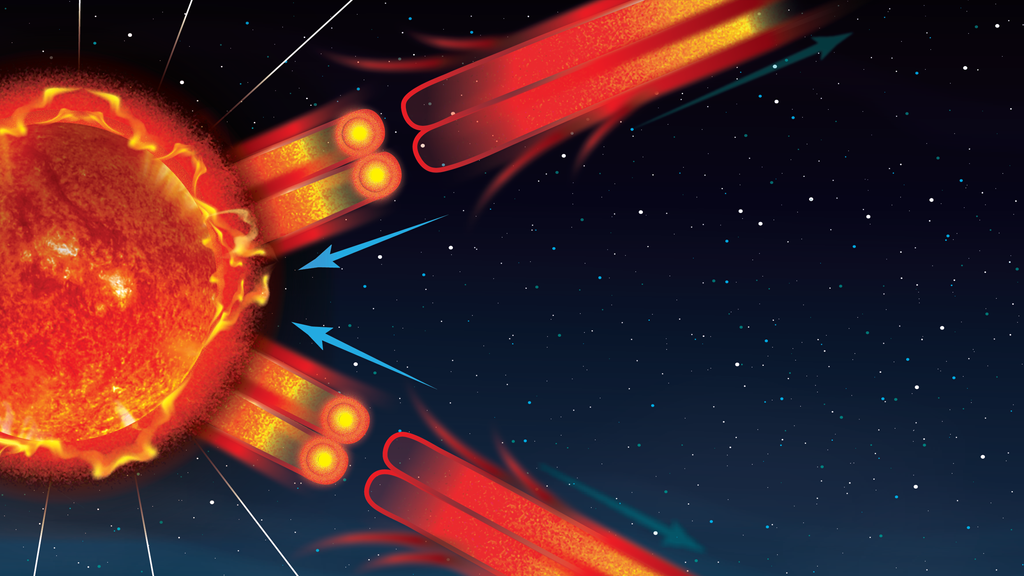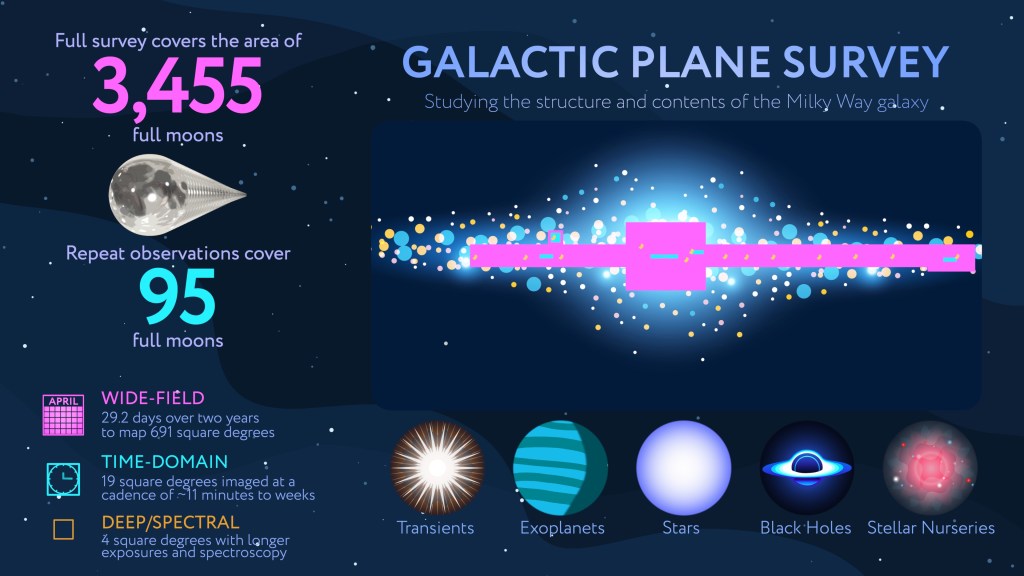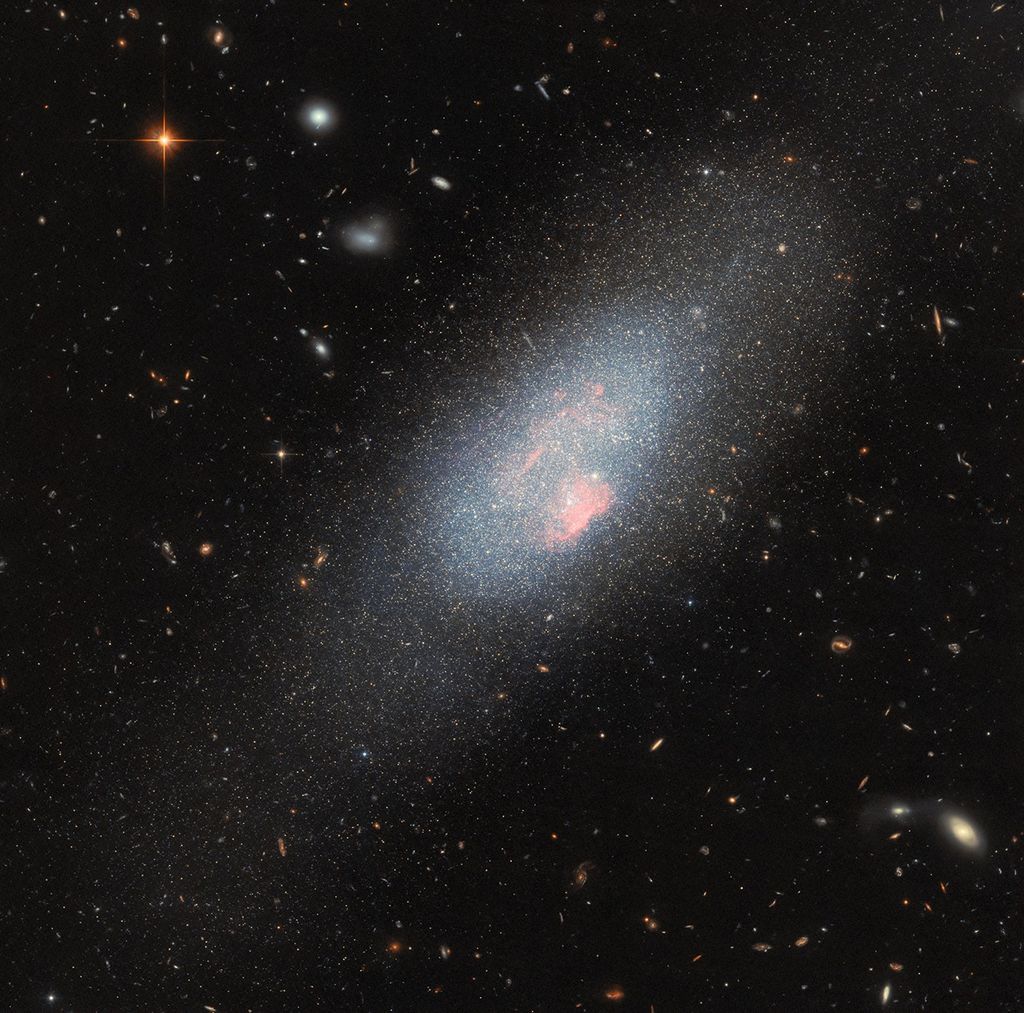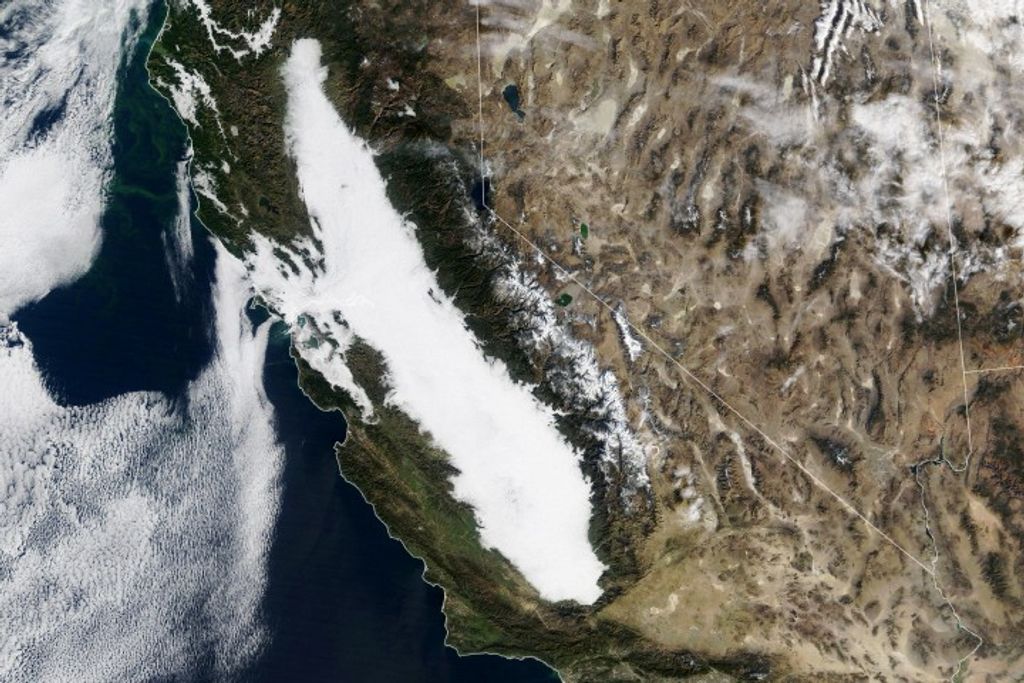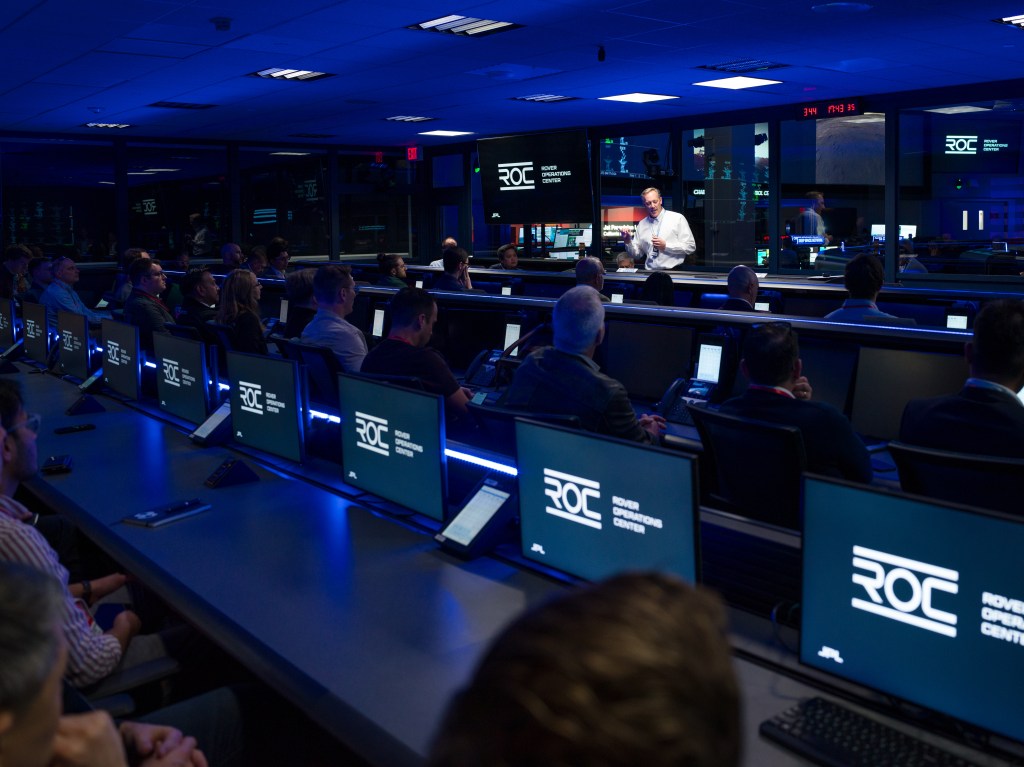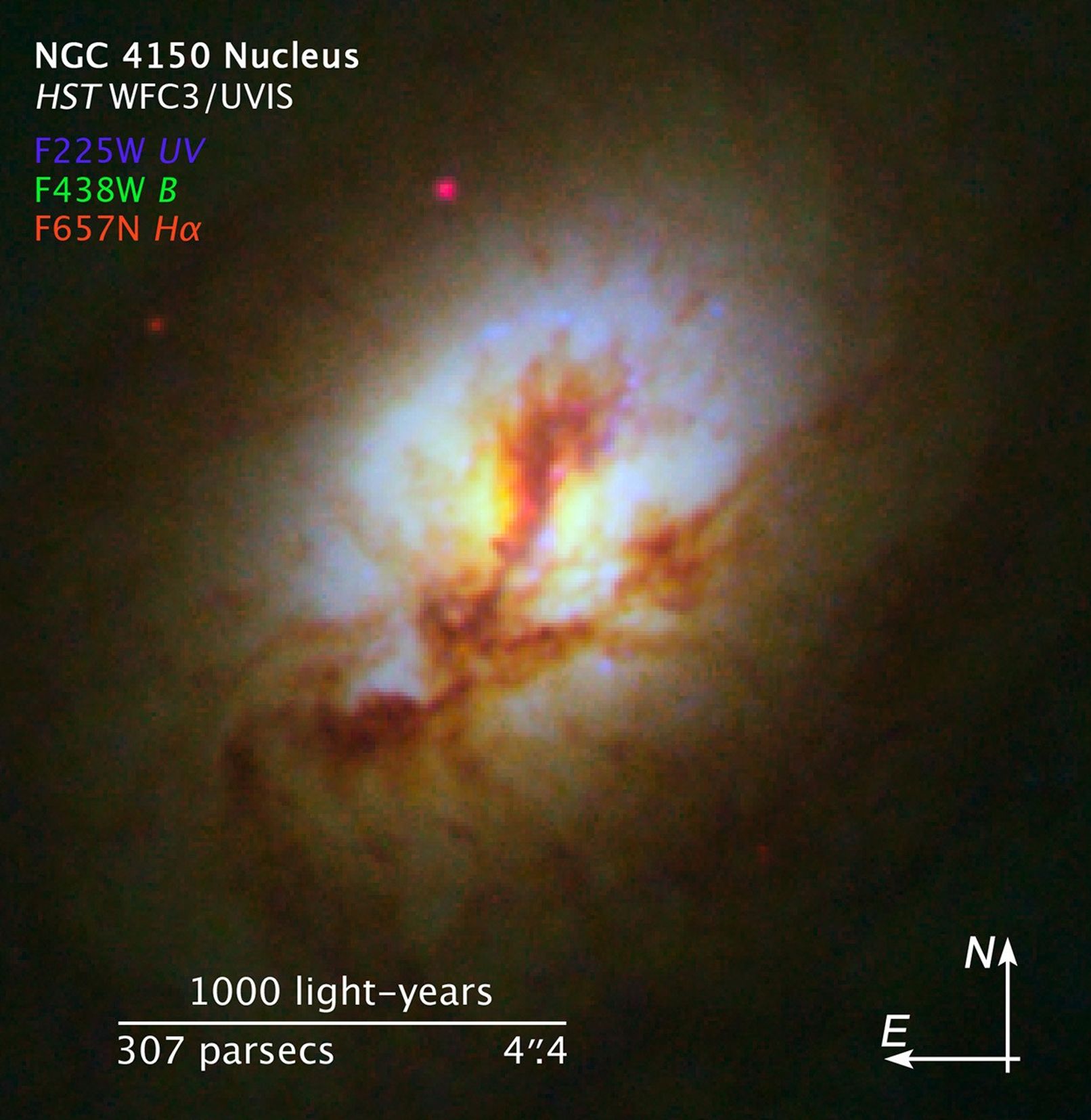1 min read
Hubble Spies Young Stars in Ancient Galaxy’s Core
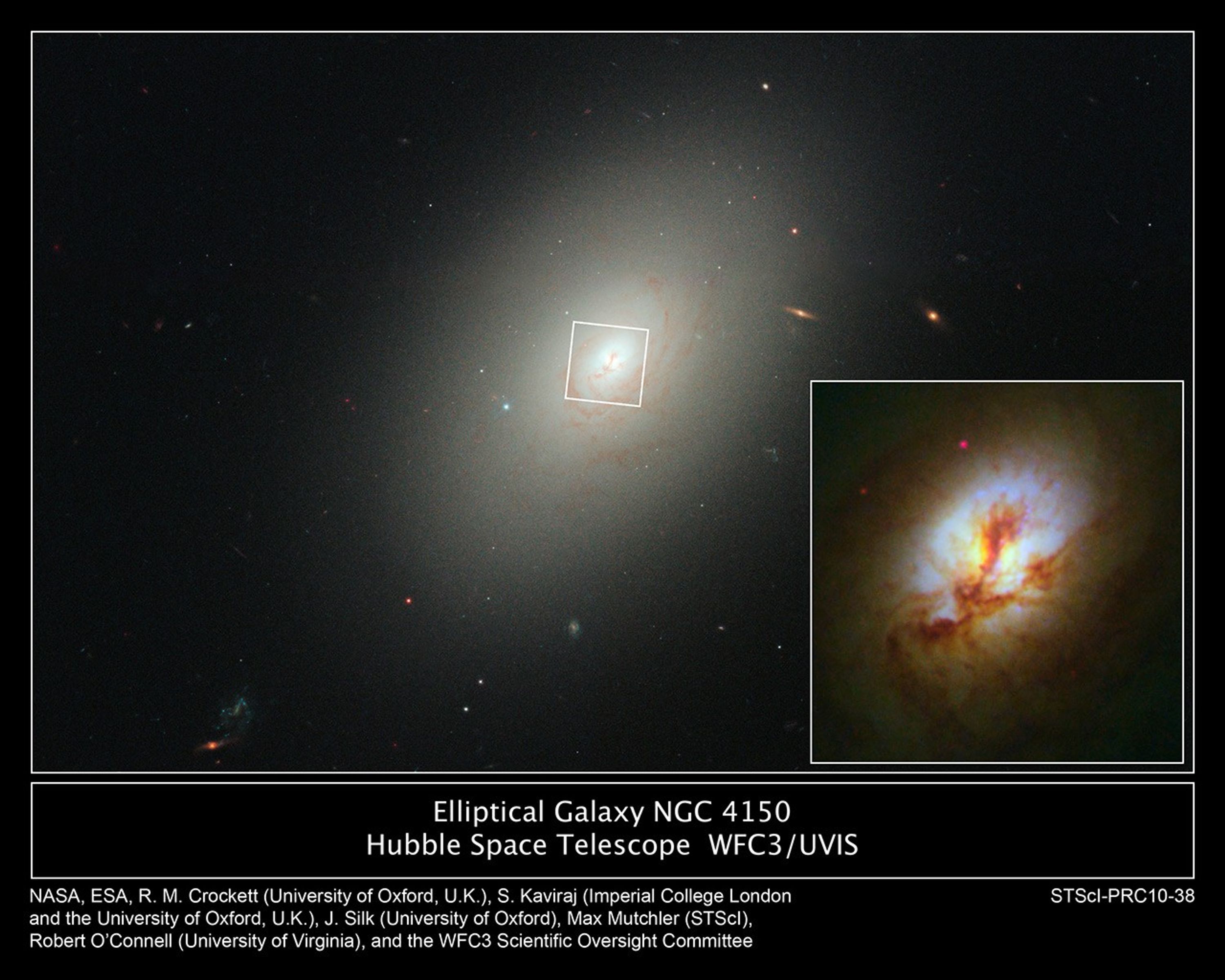
These images, taken with NASA's Hubble Space Telescope, reveal fresh star birth in the ancient elliptical galaxy NGC 4150, located about 44 million light-years away.
The images combine observations taken in visible and near-ultraviolet light with Hubble's Wide Field Camera 3. Ultraviolet light traces the glow of young stars.
In the large-scale image, NGC 4150 looks very much like a typical elliptical galaxy. The dark strands of dust in the center, however, provide tentative evidence of a recent galaxy merger. The inset image shows a magnified view of the chaotic activity inside the galaxy's core. Those regions within about 650 light-years of the center that are not obscured by dust appear bright in near-ultraviolet light (shown here in blue). The blue areas indicate a flurry of recent star birth. The stellar breeding ground is about 1,300 light-years across. The stars in this area are less than a billion years old. By comparison, most of the stars in the galaxy are about 10 billion years old. These young stars most likely formed during an encounter with a smaller galaxy that was about one-twentieth the mass of NGC 4150.
The Hubble observations bolster the emerging view that ancient elliptical galaxies like NGC 4150 harbor a significant amount of recent, merger-driven star formation.
The images were taken Oct. 30 and Nov. 9, 2009.
About the Object
- R.A. PositionR.A. PositionRight ascension – analogous to longitude – is one component of an object's position.12h 10m 33.64s
- Dec. PositionDec. PositionDeclination – analogous to latitude – is one component of an object's position.30° 24' 5.51"
- ConstellationConstellationOne of 88 recognized regions of the celestial sphere in which the object appears.Coma Berenices
- DistanceDistanceThe physical distance from Earth to the astronomical object. Distances within our solar system are usually measured in Astronomical Units (AU). Distances between stars are usually measured in light-years. Interstellar distances can also be measured in parsecs.The distance to NGC 4150 is 44 million light-years (13.5 megaparsecs).
About the Data
- Data DescriptionData DescriptionProposal: A description of the observations, their scientific justification, and the links to the data available in the science archive.
Science Team: The astronomers who planned the observations and analyzed the data. "PI" refers to the Principal Investigator.This image was created from HST data from proposal 11360: R.M. Crockett (University of Oxford, U.K.). - InstrumentInstrumentThe science instrument used to produce the data.HST>WFC3/UVIS
- Exposure DatesExposure DatesThe date(s) that the telescope made its observations and the total exposure time.October 30, 2009, and November 9, 2009, Exposure Time: 3.8 hours
- FiltersFiltersThe camera filters that were used in the science observations.F225W (UV), F438W (B), F555W (V), F657N (H-alpha), and F814W (I)
- Object NameObject NameA name or catalog number that astronomers use to identify an astronomical object.NGC 4150
- Object DescriptionObject DescriptionThe type of astronomical object.Elliptical Galaxy
- Release DateNovember 18, 2010
- Science ReleaseHubble Captures New Life in an Ancient Galaxy
- CreditNASA, ESA, R.M. Crockett (University of Oxford, U.K.), S. Kaviraj (Imperial College London and University of Oxford, U.K.), J. Silk (University of Oxford), M. Mutchler (Space Telescope Science Institute, Baltimore), R. O'Connell (University of Virginia, Charlottesville), and the WFC3 Scientific Oversight Committee

This image is a composite of separate exposures acquired by the WFC3 instrument on the Hubble Space Telescope (HST). Several filters were used to sample broad and narrow wavelength ranges. The color results from assigning different hues (colors) to each monochromatic (grayscale) image associated with an individual filter. In this case, the assigned colors are as follows: NGC 4150 Wide-field Red: F814W (I) Green: F555W (V) Blue: F438W (B) NGC 4150 Nucleus (inset) Red: F657N (H-alpha) Green: F438W (B) Blue: F225W (UV)
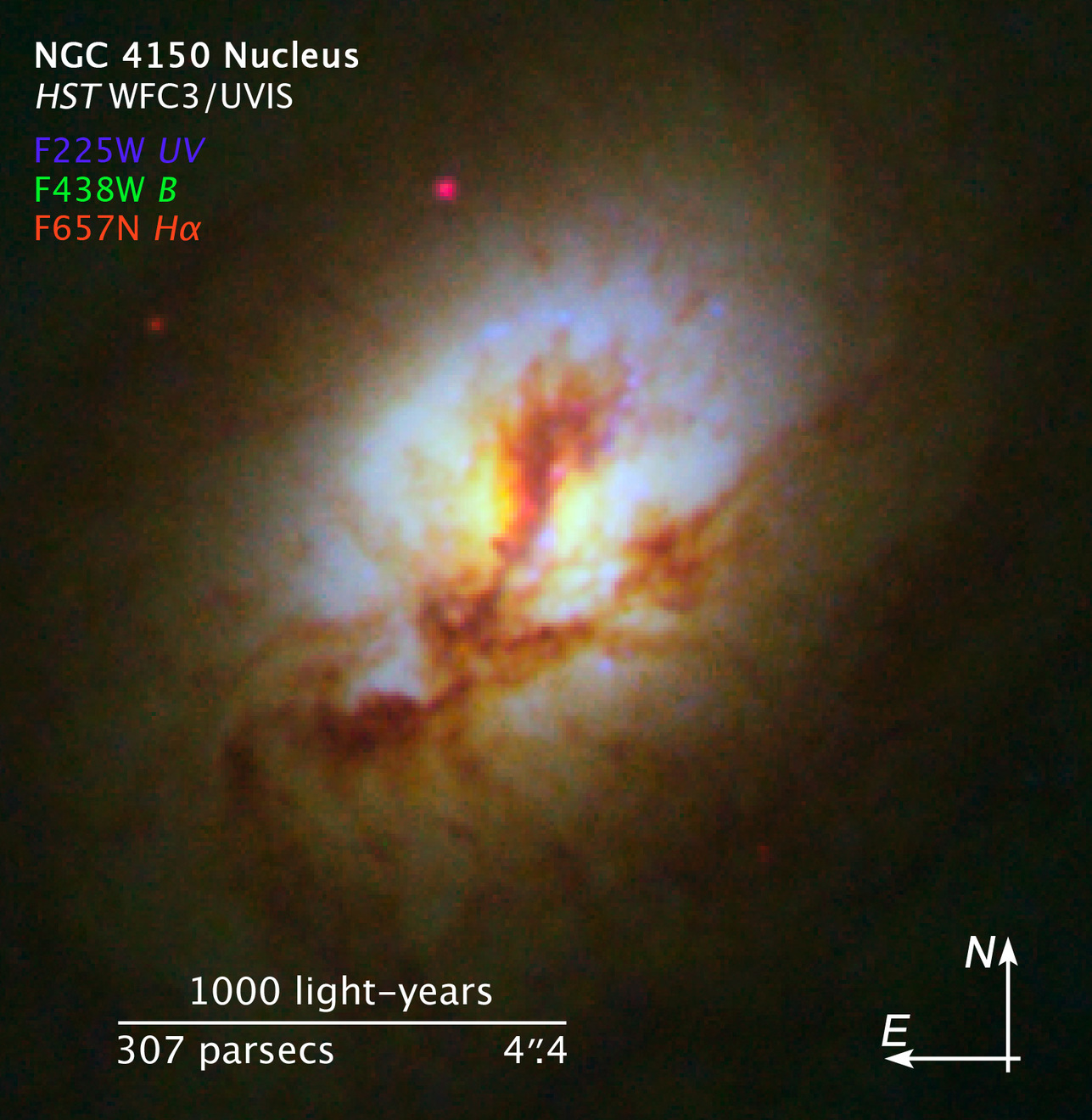
Share
Details
Claire Andreoli
NASA’s Goddard Space Flight Center
Greenbelt, Maryland
claire.andreoli@nasa.gov


